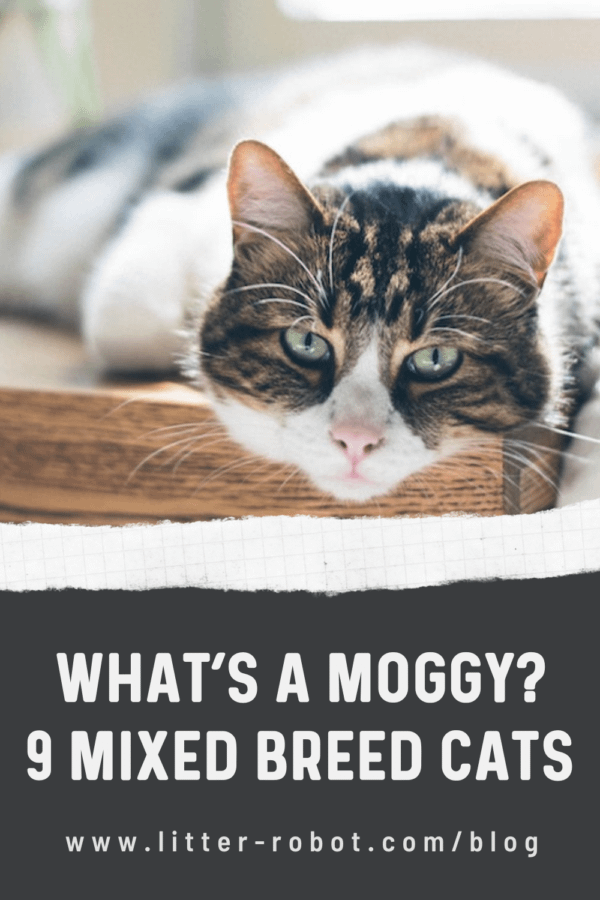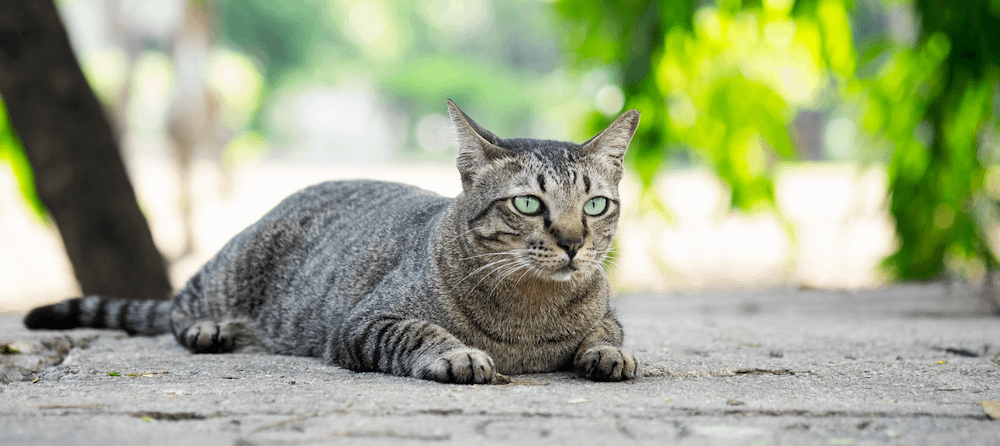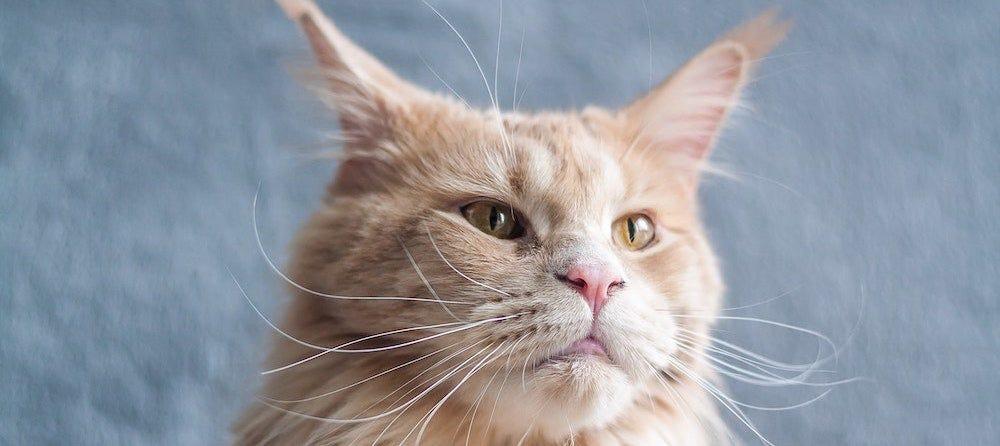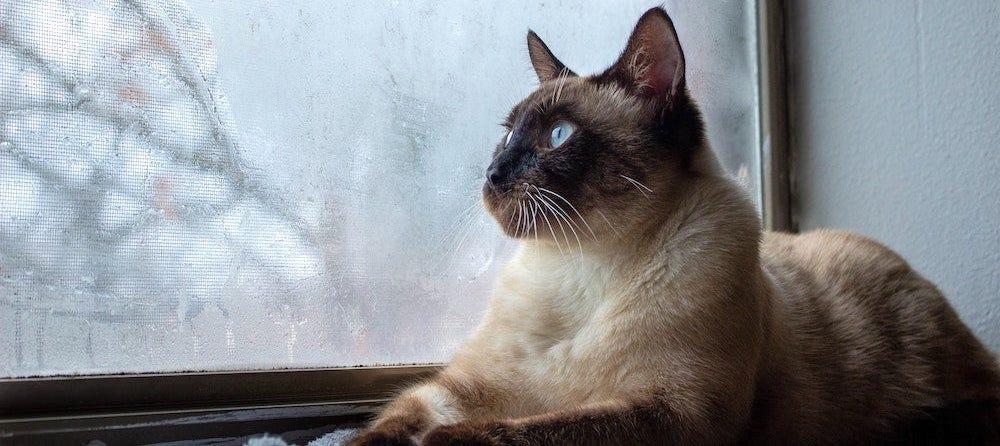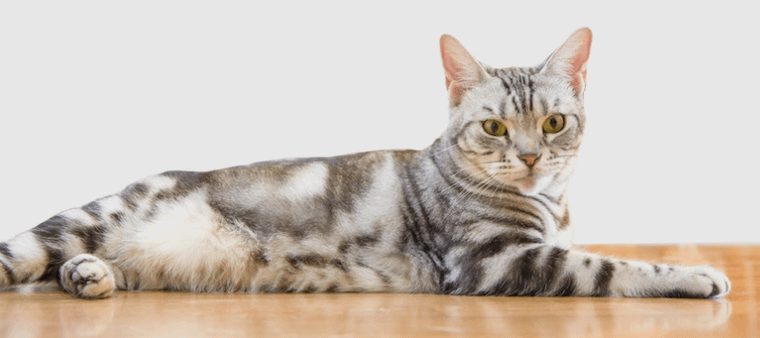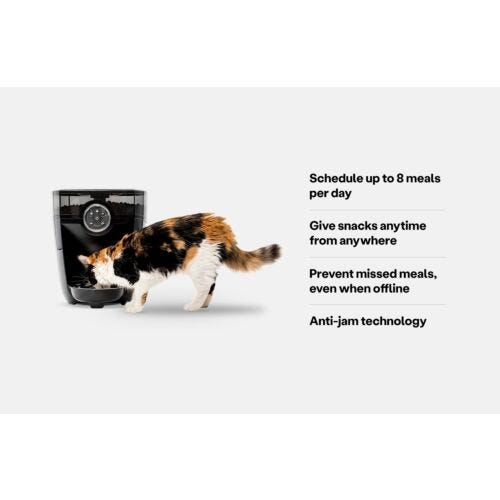Have you ever wondered what the feline version of “mutt” is? You should, as there are arguably far more mixed breed cats out there than mutt dogs. We won’t keep you in suspense: a mutt cat is called a moggy. Learn more about the ubiquitous moggy, along with nine common mixed breed cats.
So, what is a moggy?
By definition, a moggy (also called a moggie or mog) is a cat that does not have a pedigree, or is a mixed breed cat. Some definitions include “otherwise unremarkable” as part of the description of moggy cats, but we find this rude and untrue!
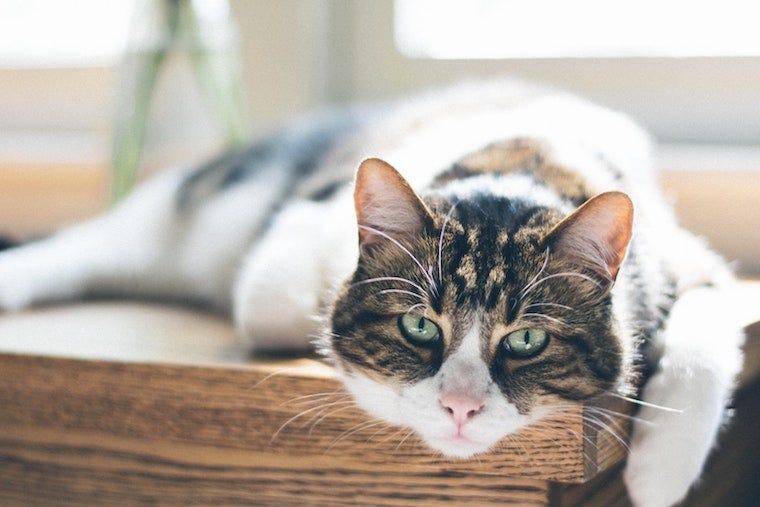
Where does the term come from?
Moggy is an informal British term that hasn’t widely caught on in the U.S. compared to, say, “house cat” or “alley cat.” In the U.S. you are also more likely to hear moggy cats called Domestic Shorthairs or Domestic Longhairs—essentially, the closest thing to a “breed” that you might give to a non-pedigreed cat.
The etymology of the word is up for debate. Some Britians believe that the term moggy was derived from the classic “M” markings on a tabby cat’s forehead. (The “M” has a whole slew of lore in its own right!)
Others point out that in the UK’s Lancashire and Cumbria, moggy used to refer to a mouse while the cat was called a moggy catcher. Eventually the “catcher” was dropped, so both cat and mouse were called moggies.
The case for the moggy cat
Moggy cats, mixed breed cats, or Domestic Shorthairs and Longhairs… Whatever you want to call them, here’s why you could make the case for their non-pedigreed background:
Moggy cats tend to have “hybrid vigor,” or a combination of the best genetic material arising from a diverse gene pool, often leading to a lower risk for inherited diseases and common medical conditions found in purebred animals.
For example, many purebred cats are at risk for a heart condition known as Feline Hypertrophic Cardiomyopathy. This disease and others are seen more commonly in specific breeds, as opposed to Domestic Shorthairs and Longhairs—suggesting that genetics play a crucial role in how certain medical conditions develop in our feline family members.
9 common mixed breed cats
So, now you know that a mixed breed cat is a cross between a purebred cat and a domestic cat, cats of two different breeds, or two domestic cats. Let’s take a look at some of the most common mixes.
American Shorthair mix
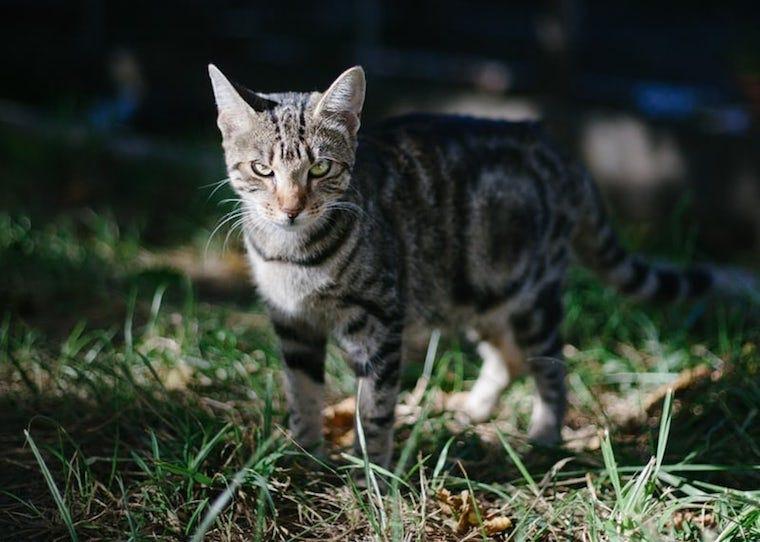
The American Shorthair breed likely evolved from cats that came over with the Mayflower colonists. Nearly four centuries later, the U.S. is home to countless descendants of these felines—most of whom are mixed breed cats.
Traits that American Shorthair purebreds and mixes share:
- Their friendly, adaptable personality
- Their tabby coat—while purebreds are more likely to sport the silver classic tabby (swirl) markings, mixed breed cats showcase a variety of colors and patterns
British Shorthair mix
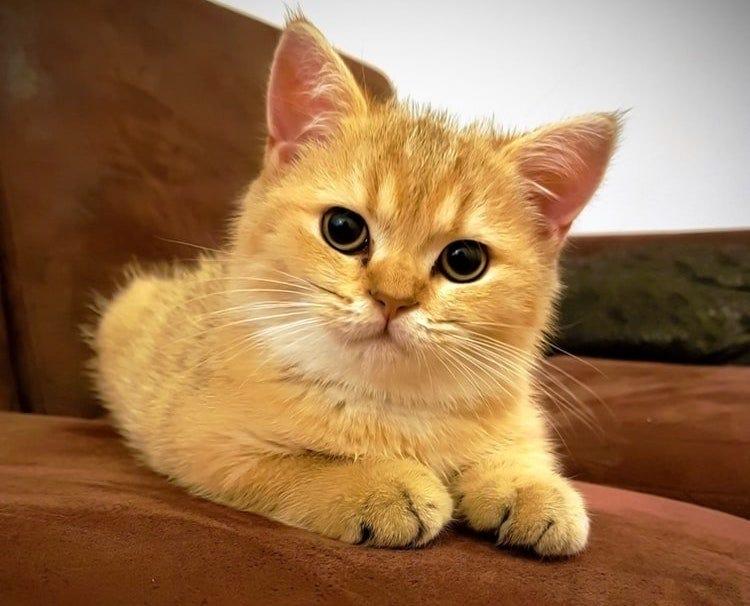
Once upon a time, British Shorthairs were known for being efficient hunters and mousers among English farms. Today, you’ll find this mixed breed to be devoted and loyal companions all over the world. You might even argue that this breed is the original “moggy” of which the British spoke.
Traits that British Shorthair purebreds and mixes share:
- Their calm, easygoing personality
- Their short, plush coat—while purebreds are more likely to sport the classic “British Blue” coat, mixed breed cats display a variety of colors and patterns
Maine Coon mix
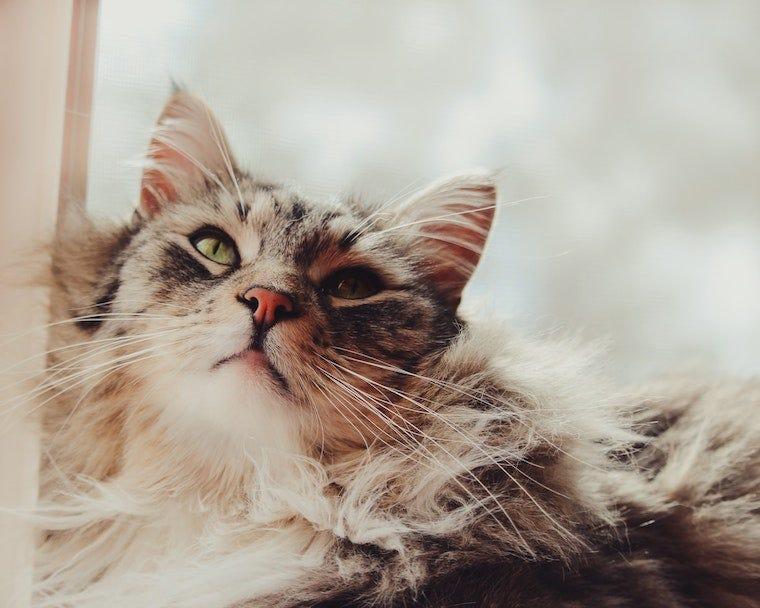
Maine Coons—including their mixed breed counterparts—are one of the largest and most popular cats in the world. The Maine Coon is generally good-natured and friendly. Many Domestic Longhair cats display a hint of Maine Coon, whether in size or their lynx-tipped ears.
Traits that Maine Coon purebreds and mixes share:
- Their playful, adaptable personality
- Their long, shaggy coat that comes in a variety of colors and patterns
- Their large size—purebreds can reach 20-25 pounds, while mixed breeds might hit the 15-pound range
Oriental Shorthair mix
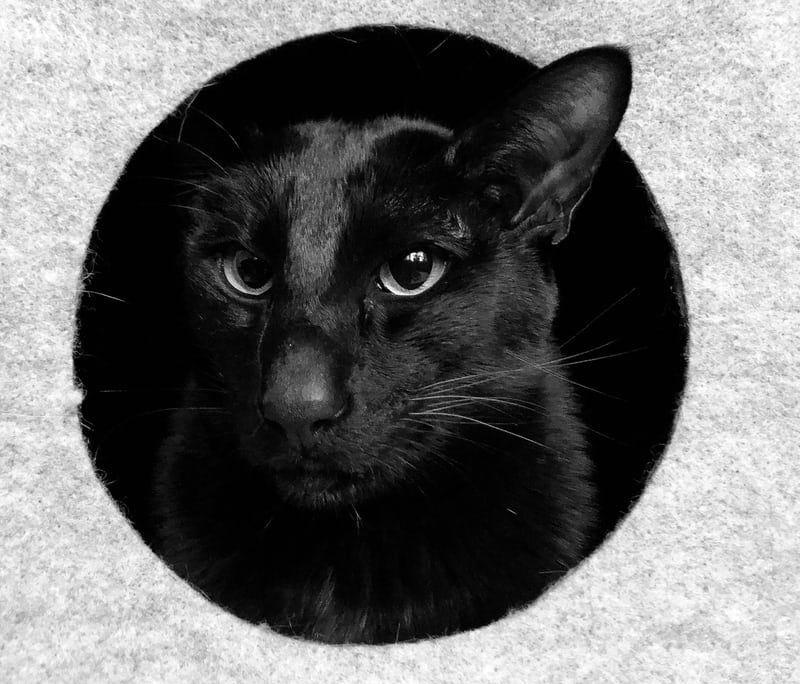
Oriental Shorthair mixes, like their purebred ancestors, are chatty and energetic cats. They come in a variety of colors combined with a short, sleek coat. This trait also distinguishes them from their parent breed, the Siamese.
Traits that Oriental Shorthair purebreds and mixes share:
- Their entertaining (and perhaps a bit needy) personality
- Their flaring ears
- Their huge range of colors—this cat is dubbed the “Rainbow Cat,” as both purebreds and mixed breeds can come in 300+ color and pattern combinations
Persian mix
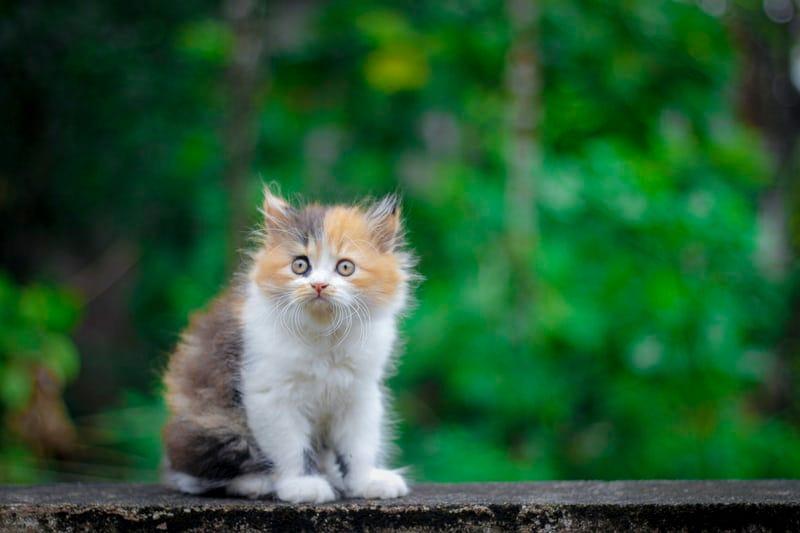
The purebred Persian cat is famous for their long, silky white coat. Persian mixes are more likely to sport colorful coats and patterns. Persians and their mixes have been called “furniture with fur” for their lazy, easygoing temperament.
Traits that Persian purebreds and mixes share:
- Their long, silky, and demanding coat (you’ll need groom your Persian mix daily)
- Their sweet, quiet personality
- Their low activity level (but be sure to engage them in a bit of playtime each day)
Ragdoll mix
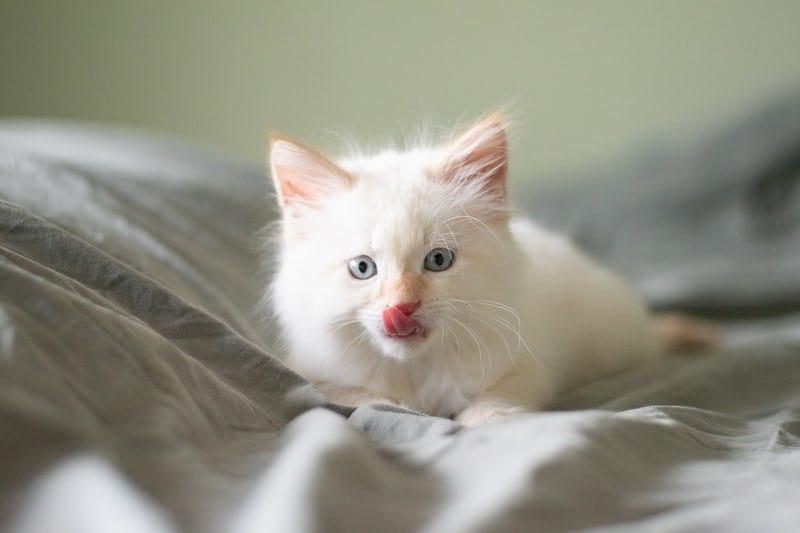
While Ragdoll purebreds take four years to reach maturity, a Ragdoll mix cat will likely be smaller in size. These sweet, gentle cats are known to fall limp in the arms of anyone who holds them.
Traits that Ragdoll purebreds and mixes share:
- Their loving, laid-back personality
- Their long, silky coat—while purebreds are more likely to sport the classic white colorpoint pattern, mixed breed cats display variations such as lynx point or tortie point
Russian Blue mix
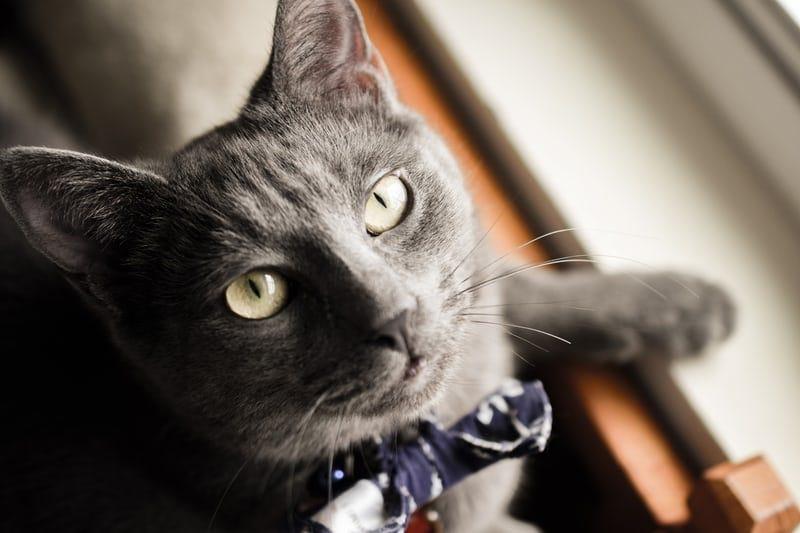
Purebred Russian Blue cats tend to have vivid green eyes, while Russian Blue mixes may have yellow-green, yellow, orange, or brown eyes. These striking blue-grey cats are somewhat suspicious of strangers, but loving and devoted to their families.
Traits that Russian Blue purebreds and mixes share:
- Their plush, blue-grey coat (developed as a result of the breed’s origin in a Russian port off the Arctic Ocean)
- Their shy but playful personality
Siamese mix

As one of the oldest natural cat breeds, the Siamese breed has a colorful past: They’ve been companion to ancient temple priests, revered patron of royal families, and contributor to countless modern feline pedigrees—which means there are a lot of Siamese mixed breed cats out there!
Traits that Siamese purebreds and mixes share:
- Their vocal, loving personality
- Their short, colorpoint coat—while purebreds typically display four distinct point colors (seal, chocolate, blue, and lilac), mixed breed cats display additional colors and patterns, such as red, tabby, and tortie.
Siberian mix
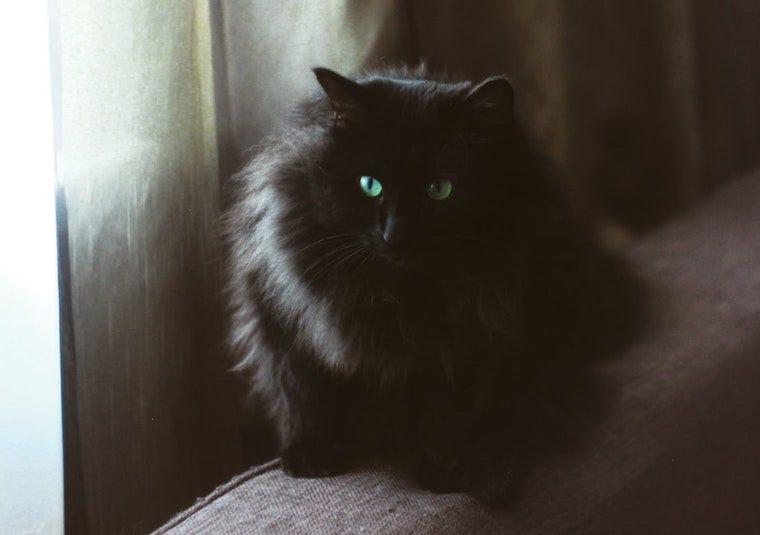
Unsplash
Some believe that the Siberian is mother to all long-haired cat breeds. A common feature among even Siberian mixed breed cats is their long, thick, and protective coat—a longstanding trait that can be attributed to the subarctic climate of their homeland in Russia.
In addition to their long triple coat, traits that Siberian purebreds and mixes share include:
- Their intelligent, playful personality (this is a cat you can train and teach tricks!)
- Their love of water—swatting at it, swimming in it, hovering near the shower
Let’s give a little extra love to all the moggy cats out there. After all, they may not be pedigreed, but they sure are special!
If you own multiple cats, check out our multi-cat household guide.
Embrace a better life with cats with a self-cleaning litter box.
